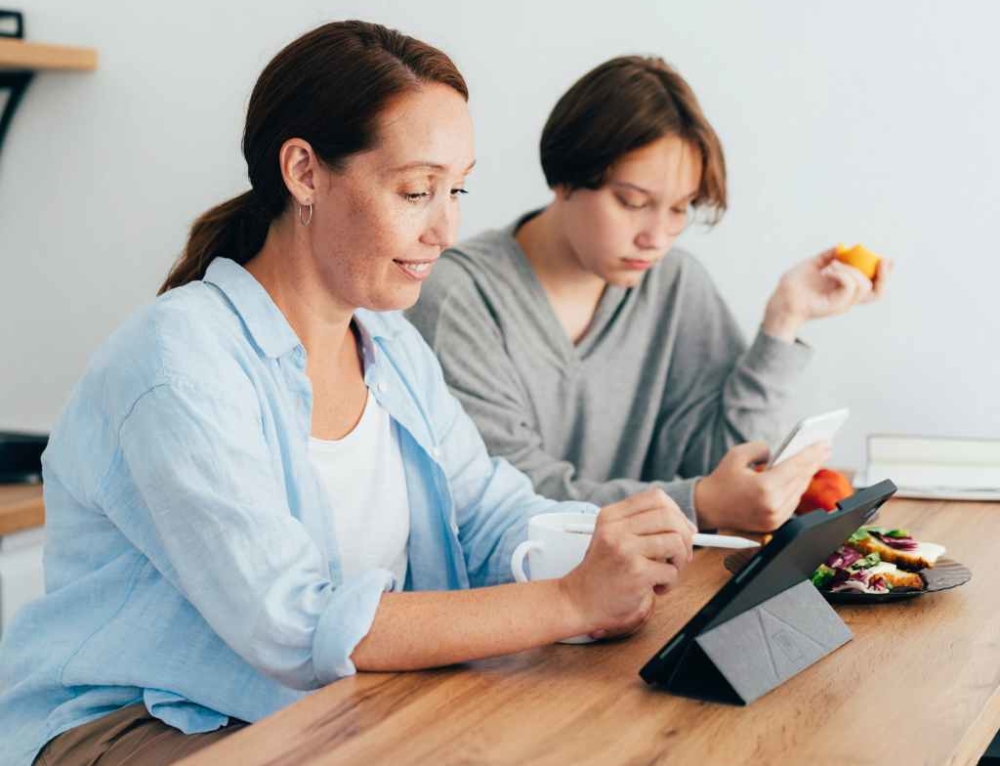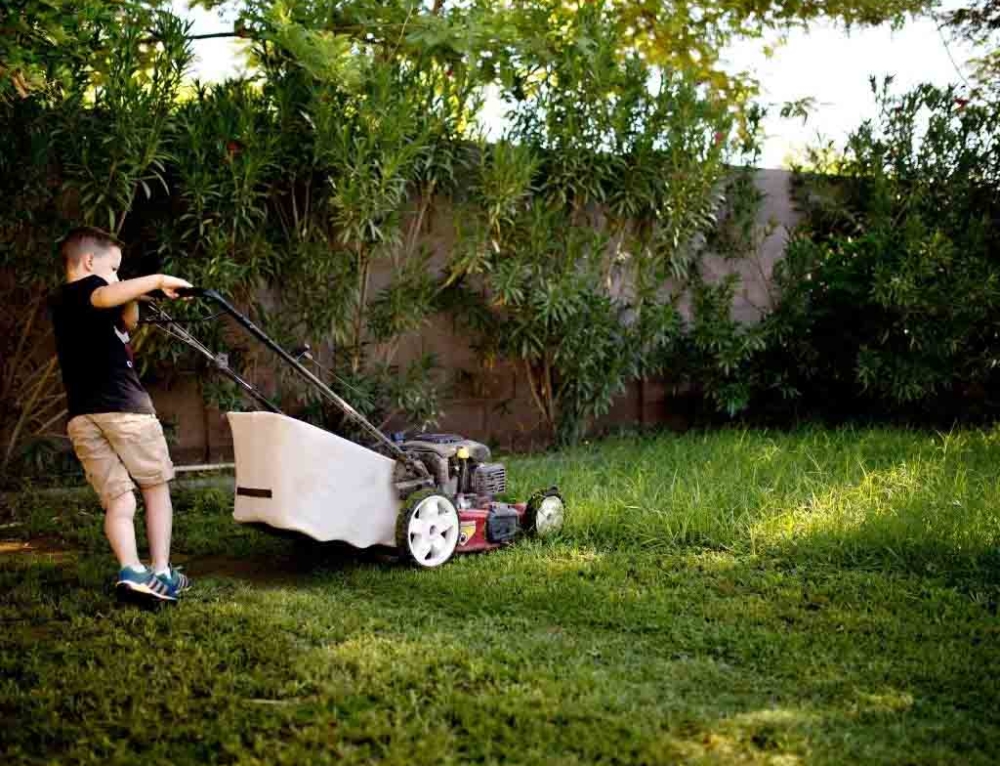If your teenager is fast approaching their sixteenth birthday they are bound to be itching to get behind the wheel. Your role in their driving education will be critical in making them a safe driver, but you might be dreading this. This guide tells you the steps you have to go through, how you can help, and where you can get advice.
There are three stages to getting a full driver licence:
- Pass a theory test to get the learner licence
- Pass a practical test to get the restricted licence
- Pass a second practical test to get the full licence
Each stage of the process has some costs associated with it. This page contains the NZTA application fees. Remember to add fuel, wear and tear on your car and driving lessons into the budget.
Theory test
The theory test is a 35-question test where you have to get at least 32 correct. The easiest way to learn is to practice the actual questions on this free test website. You’ll be surprised at how much you will have forgotten since you passed your test, too. You can access the Road Code for free on NZTA’s website but if you want to step up a level, Roadcraft (the book that the UK police use for training), will give some extra context and make sure that they know all the rules.
Once the theory test is passed, your precious offspring will have a learner licence!
Learner licence
Your teenager can now drive with a supervisor (a person that’s held a full car licence for at least two years). Make sure your insurance policy covers this if you’ll be using your car, that you have yellow L plates visible, and that you don’t have a problem with high blood pressure – new drivers can swing wildly from over-cautious to over-confident, so you need to be relaxed and calm!
If you’re nervous about them using your car, head off to an empty car park and let them practice some manoeuvres and get familiar with basic handling.
Should you get a driving instructor?
We all develop bad habits behind the wheel. Do you remember to put your handbrake on while waiting at the lights? Do you always drive with both hands on the wheel and never one arm resting out the window? Do you follow too closely? Driving examiners are trained to pick up even very minor discretions and habits and can tell when a driver has been taught by a parent.
At the absolute minimum a new driver should have one lesson right at the beginning and one lesson before they take each practical test so that good habits and confidence can be established at the outset, and bad habits can be corrected to avoid having to resit the test. However, the more lessons you can get with a qualified instructor, the more skilled your child will be behind the wheel.
A driving instructor will be able to let you know when your child is ready to move to the next step. Moving too early means you’ll either waste money when they fail their test and have to resit, or they’ll not have enough experience and will make some poor decisions later on.
There’s a minimum time of six months before your teen can take the restricted licence practical test.
Restricted licence
On a restricted licence your teen can drive unsupervised between 5am and 10pm. There are restrictions on the types of passengers that can be carried. For example, they can’t just drive with their mates unless one of them has held a full licence for at least two years.
Should you pay for an advanced driving course?
A defensive driving course such as Street Talk will improve awareness of hazards and also reduces the amount of time they need to remain on a restricted licence from 18 months to 12 months.
Full licence
After being on the restricted licence for the required amount of time there’s a practical test to pass, then they’ll have a full licence and can drive any car alone, and carry passengers.
Extra knowledge that will help them
There are a few other pointers and areas you can discuss which will help:
- Budgeting for owning a car: insurance, fuel and maintenance can add up.
- Fines and demerit points: knowing the penalties and risks of losing their licence.
- Using alcohol: there’s a zero tolerance for drivers under 20, and you could consider leading by example as any consumption of alcohol affects your driving ability
- Using a mobile phone: statistically you’re between 3 and 7 times more likely to die in a car crash using a mobile phone when driving; and it’s illegal.
Your attitude will shape their first experience of driving. Being calm and nurturing will give them confidence and help them learn much more quickly and effectively.
Read more:
- Teen party survival guide
- Surviving their first love
- Tackling teen acne
- Is your teen sexting?
- Teens and mobile phones







Leave A Comment
You must be logged in to post a comment.